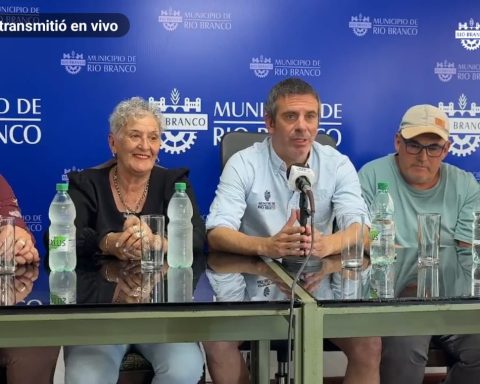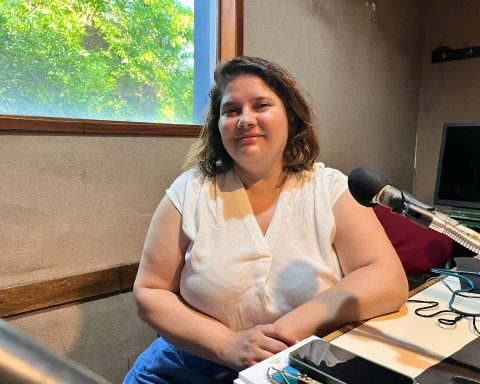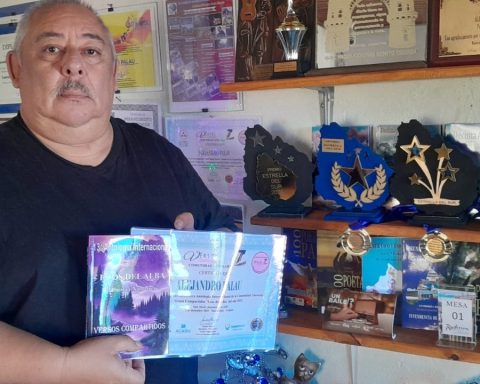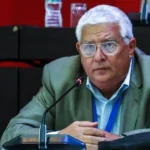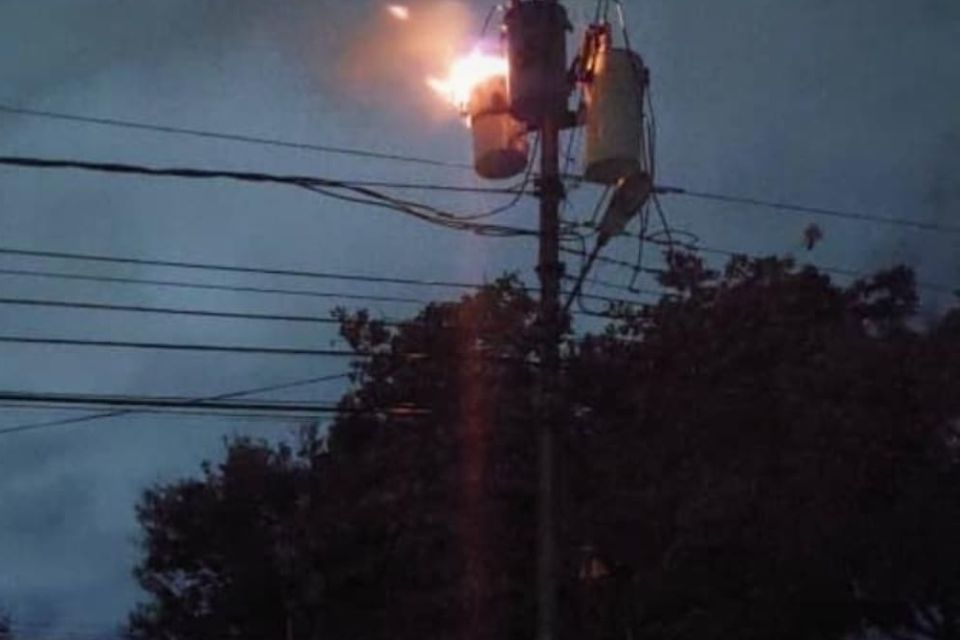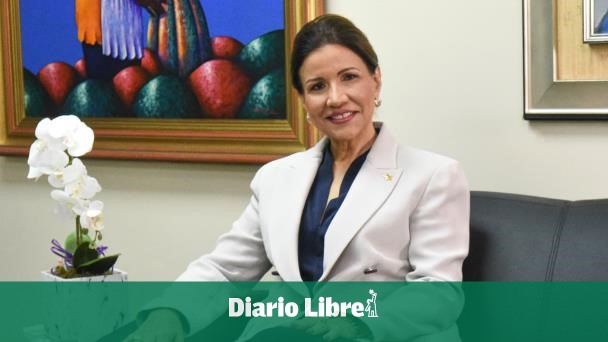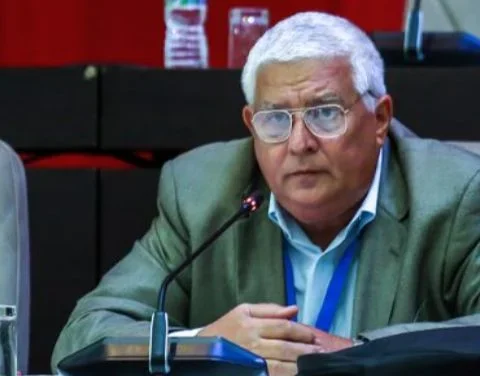It was one of the announcements that the president Luis Lacalle Pou slipped before the general Assembly on March 2. “For one reason or another No progress has been made (in the final disposal of waste). This government has conversations with the Intendancy of Canelones and that of Montevideoand it is proposed – it is put to order – to advance in environmentally friendly processes. We have received an initiative known as the “waste to fuel”which we hope will have the acceptance of the two municipalities to advance in a long-term solution,” he said.
A few days later, the shipping company Maersk and WasteFuel launched an association from Copenhagen (Denmark) to speed up the decarbonization of the transport sectorpushed by the prior commitment of giants such as Amazon, Ikea and Apple of cut your emissions for 2050. The company started the construction of 12 new ships powered by ecological methanol, which it hopes to have operational by the beginning of 2024.
The government’s plan and Maersk’s proposal is that eight of those vessels consume the fuel processed from the garbage of Montevideo and Canelones. A first stage would use the organic waste –such as food leftovers–, which constitute almost half of household waste. As reported by Search, the private initiative presented by CSI Ingenieros, Ciemsa and Inglobal would imply break down that waste to get biogasto later transform it into methanol that would propel Maersk ships, in a process called “Fisher Tropsh”.
However, from to academy appear objections. The researcher of the Institute of Chemical Engineering of the Faculty of Engineering, Mauricio Passeggi – who, on the other hand, works side by side on projects with the communes of Montevideo and Canelones – raises his doubts.
“If you don’t have the waste separated at the source –and this is not being done in Uruguay in particular– you have a mass of organic waste that is contaminated with other types of things. You can digest that just the same –although it is not classified– with a mechanical separation as pre-treatment. The problem is that the sludge that comes out of the digester – the biological reactor – is useless“, said to The Observer.
Passeggi argued that this sludge ends up accounting for around two thirds of the mass dumped initially in the reactor that produces the biogas, although its contaminated condition disables it from being reused as fertilizer. “What is going to be done with him?”he questioned.
The FING investigator pointed out in this line that a premise of the government project was to decompress the final waste disposal site, by removing an important fraction of what households discard. Passeggi added that anaerobic digestion processes -such as the one proposed in the private initiative- involve “huge reactors for a process that is very slow, with very high investment costs.”
More expensive
While the feasibility study progresses, the negotiations for the Uruguayan “waste to fuel” are reserved, in order to ensure the advantage that the private sector would have if it went ahead and called for a tender.
However, despite the fact that the mayors Yamandú Orsi and Carolina Cosse gave their endorsement before the public proposal of the president and the Minister of the Environment, Adrián Peña -not without formulating conditions as compensation-, the commune teams handle numbers that anticipate an unfavorable scenario when it comes to resources.
As transmitted to The Observer close to the negotiations, the proposed dynamics would imply -in the case of Montevideo- that management costs for each ton of waste are slightly more than double. That is to say, the rate that they would pay to the private sector for taking care of the garbage -which will later be transformed into fuel- doubles the amount of what comes out to deal with each ton of offal that is dumped in Felipe Cardoso.
In fact, both communal chiefs asked the government in a joint press conference to take charge of the “additional cost” that this dynamic would entail for the municipalities. On this economic issue today lies the main obstacle to progress.
The problem is not local, and no municipality or investor in the world escapes it. An article from the specialized portal Chemical & Engineering News reports the difficulty in carrying out different projects in which “even if they achieve technical success, they will continue to fail if they do not provide an adequate return.”
Meanwhile, Cosse took the opportunity to request as compensation certain improvements to the current final disposal site -considered a reference in the region and with expansion works planned to extend its useful life-, while Orsi asked Peña for a response for the proposed landfill by the commune for Cerro Mosquitos, a project that was already approved and whose brake by Environment came to confront both leaders.
For his part, the researcher from the Institute of Chemical Engineering raised in a personal capacity: “Do we have the right to define the future of citizenship waste for the next 20 or 30 years? No one puts a millionaire investment if you don’t promise that you’re going to deliver the garbage. Could it be that our children are prepared to separate and value the organic waste that we are not able to separate today? Are we imposing on them that organic waste is going to go for fuel when it could go to food production?” he wondered.


